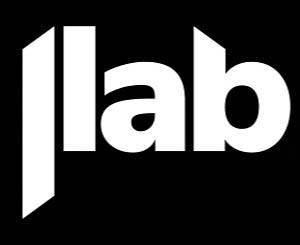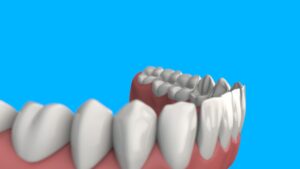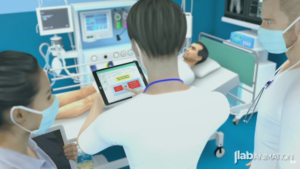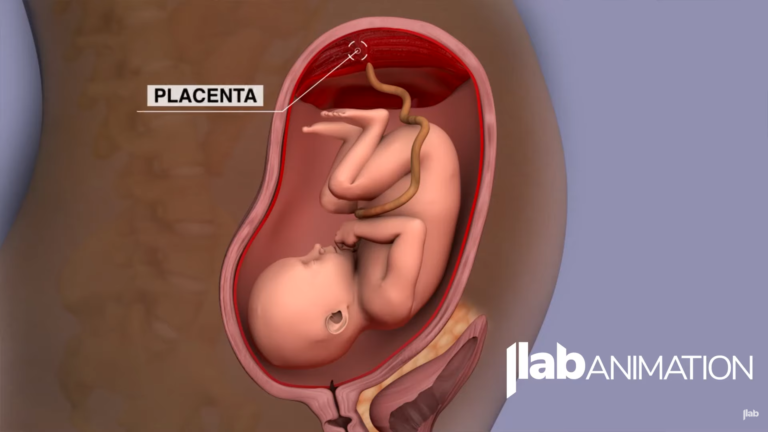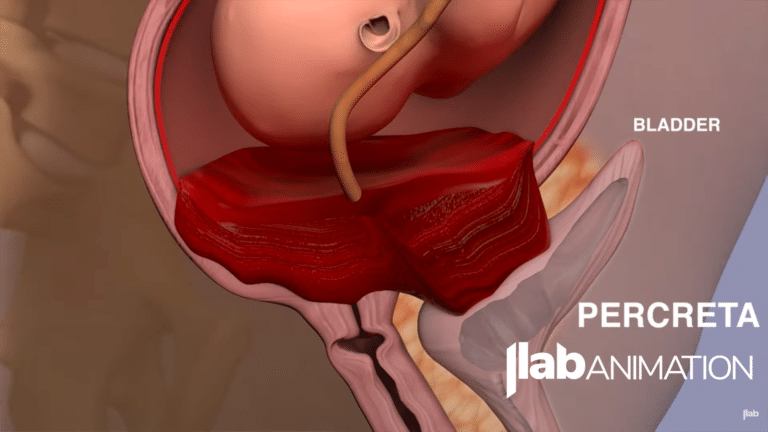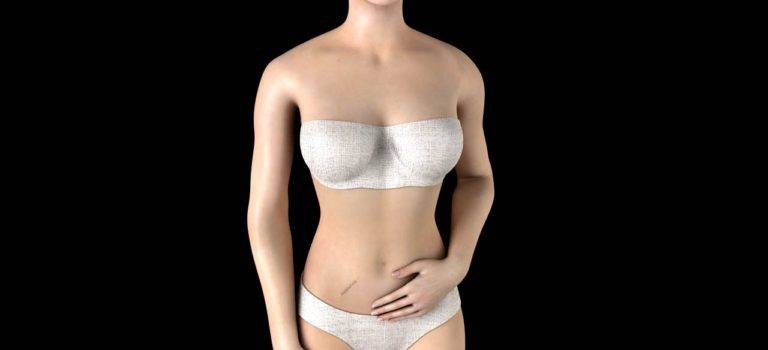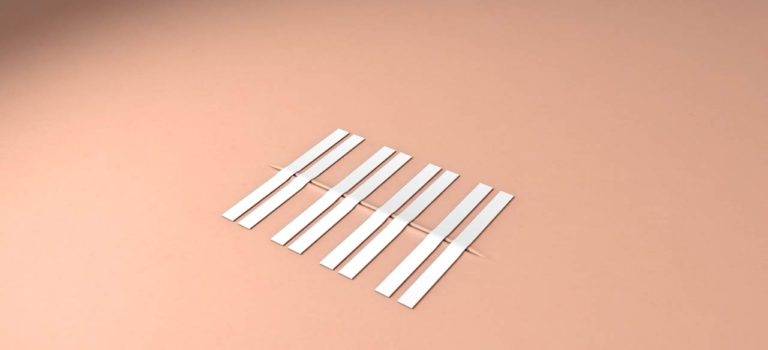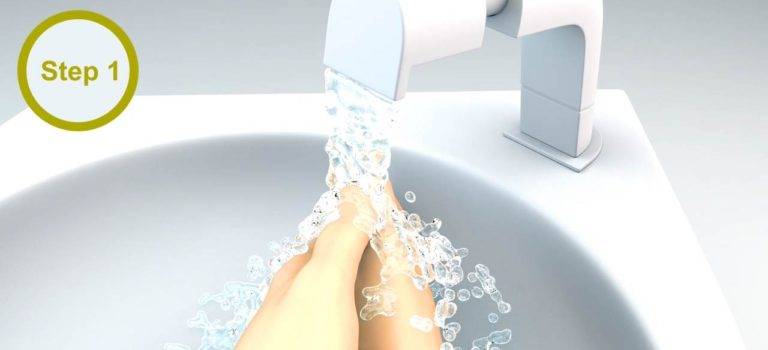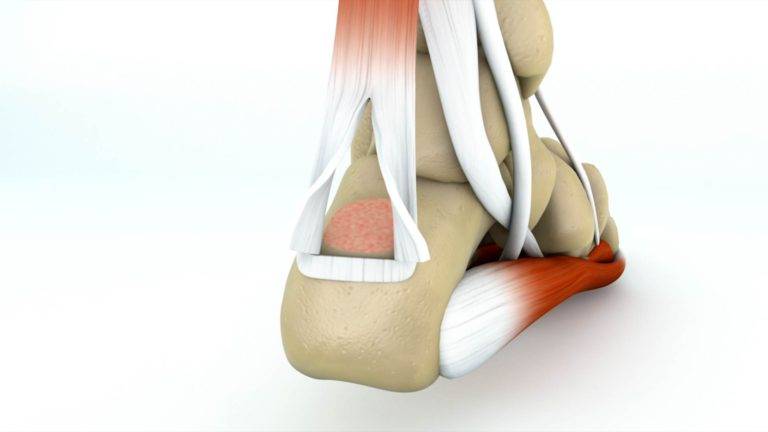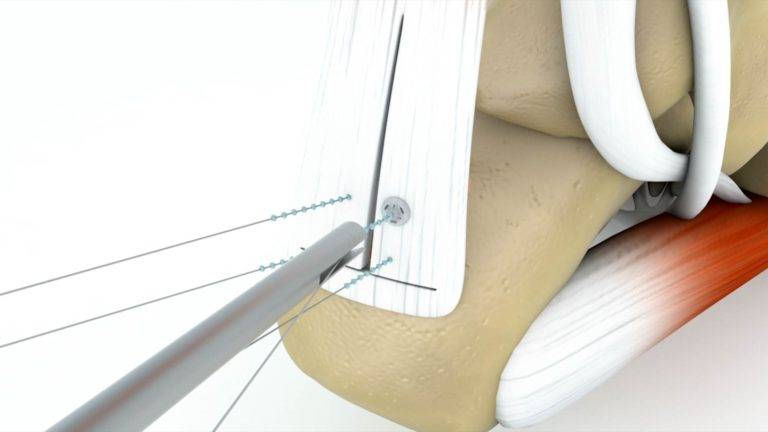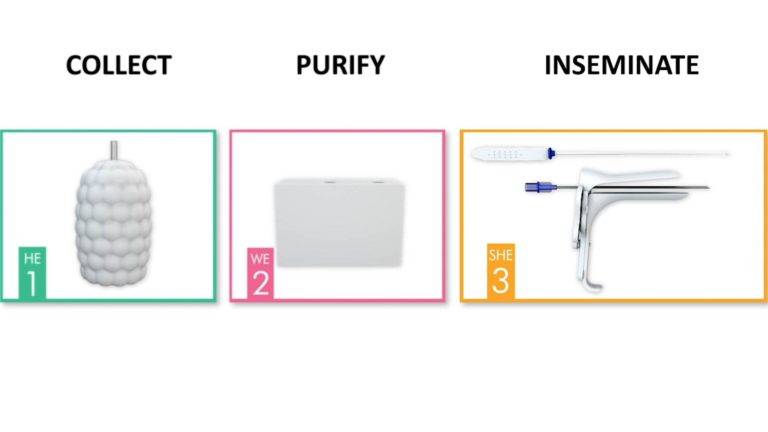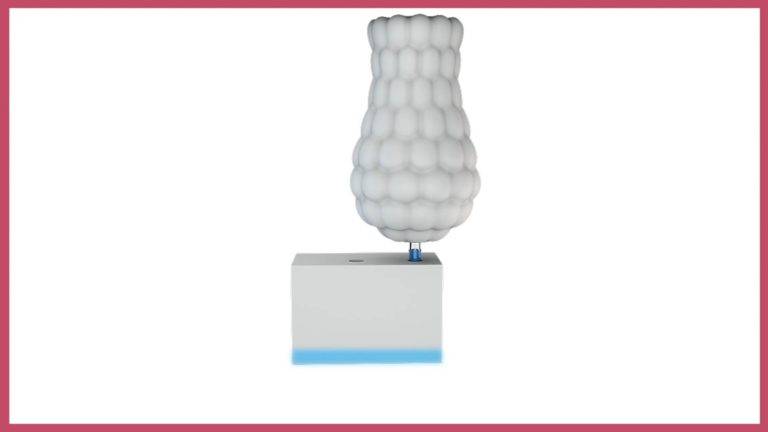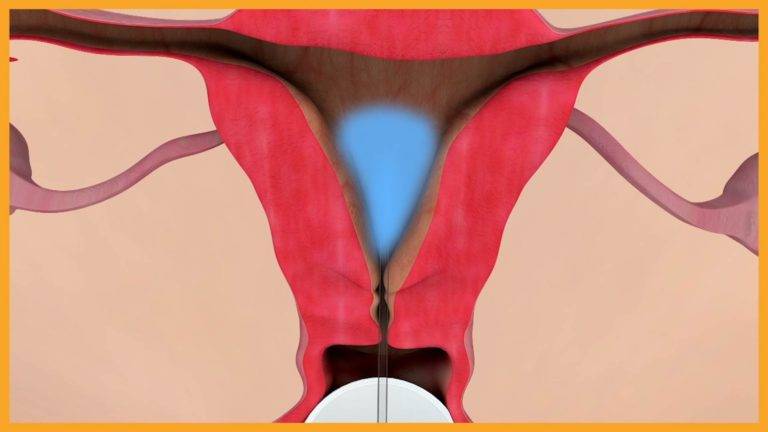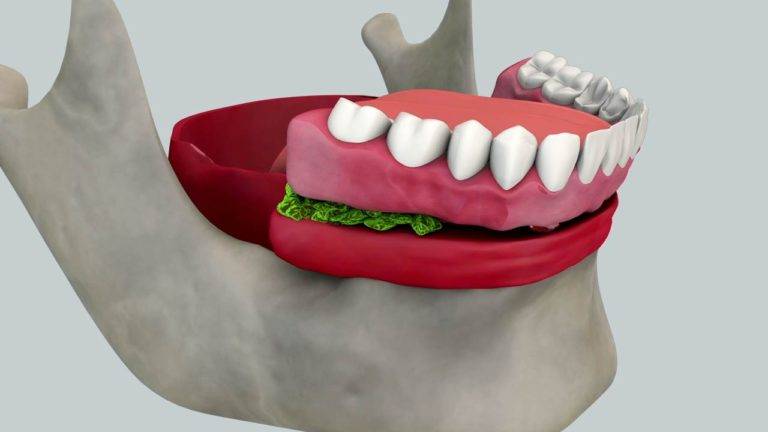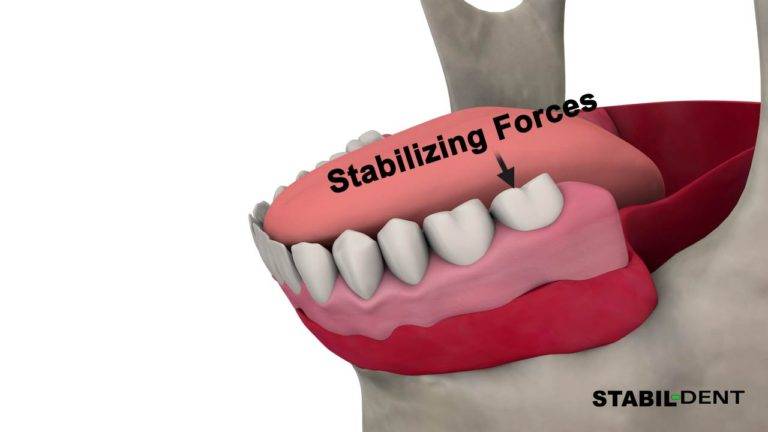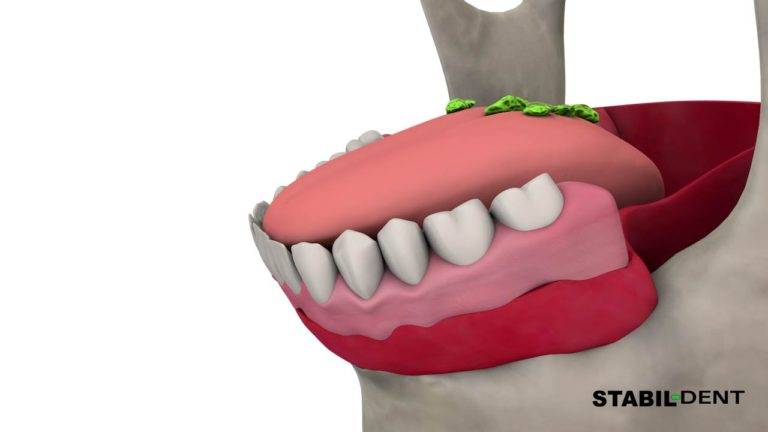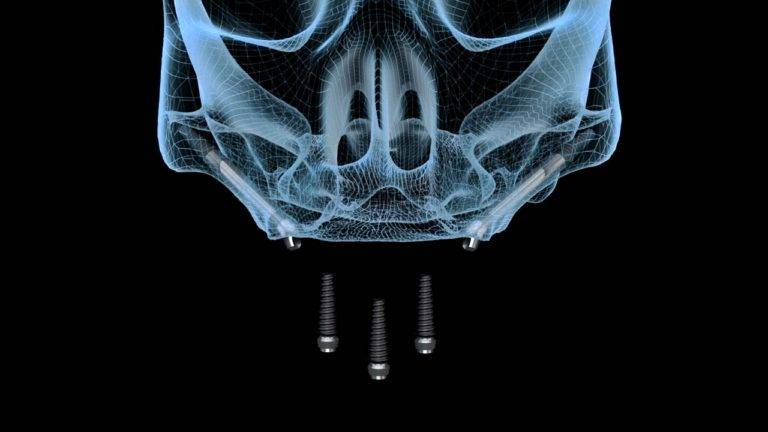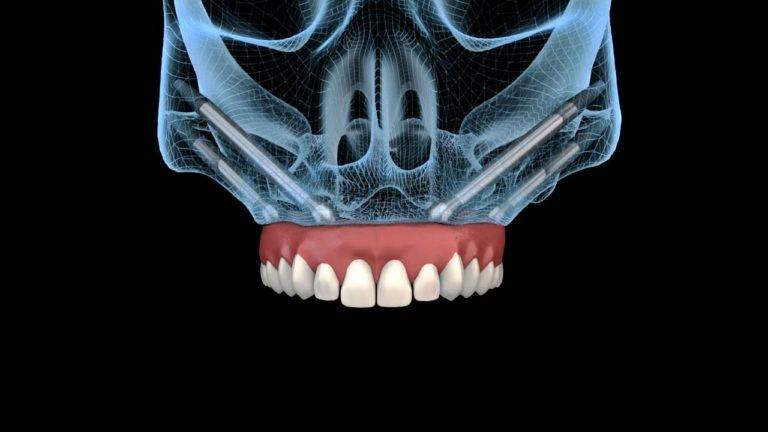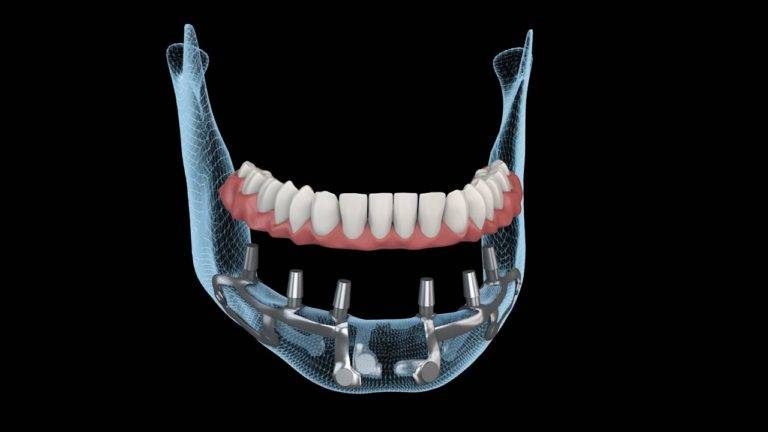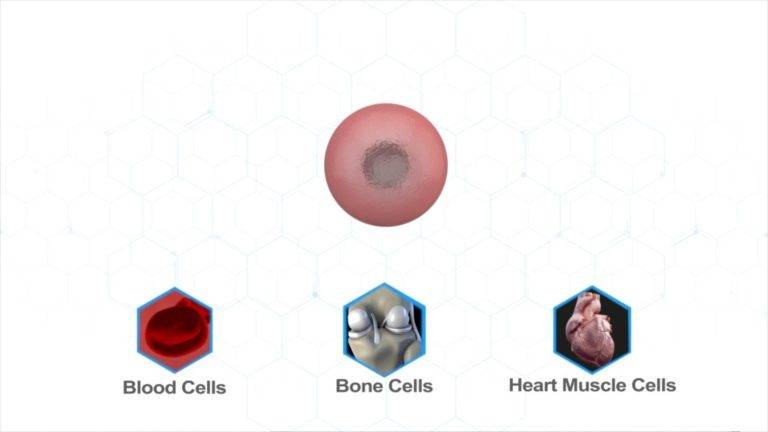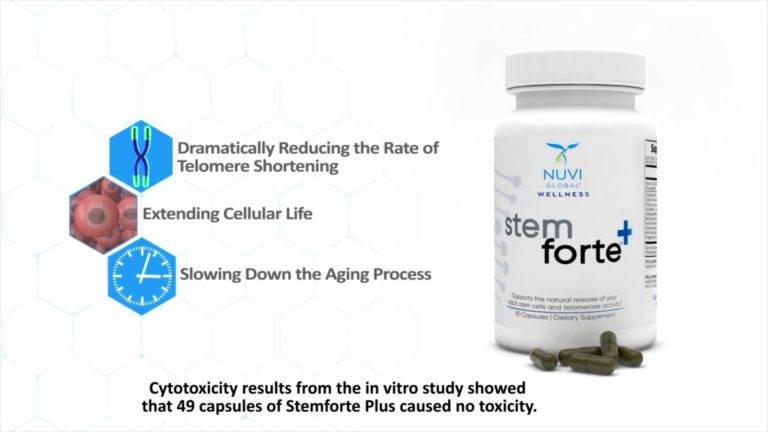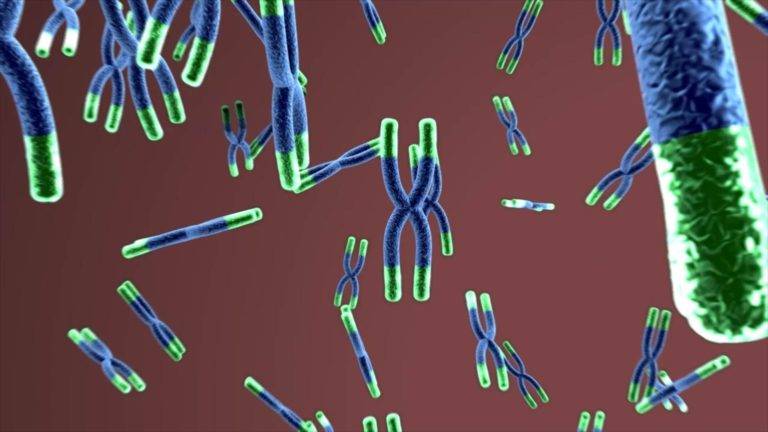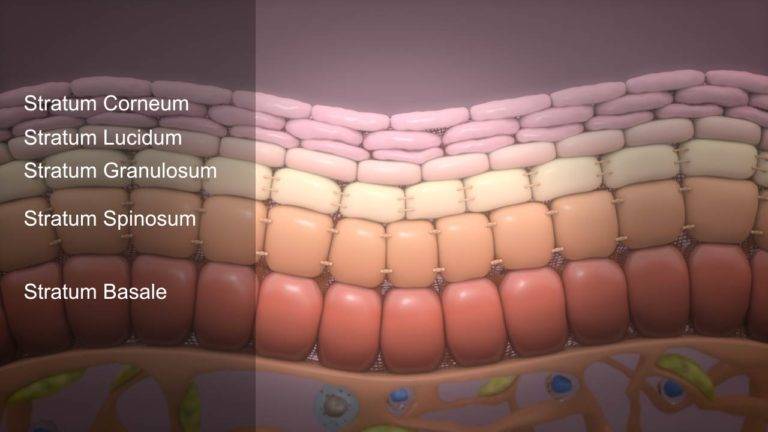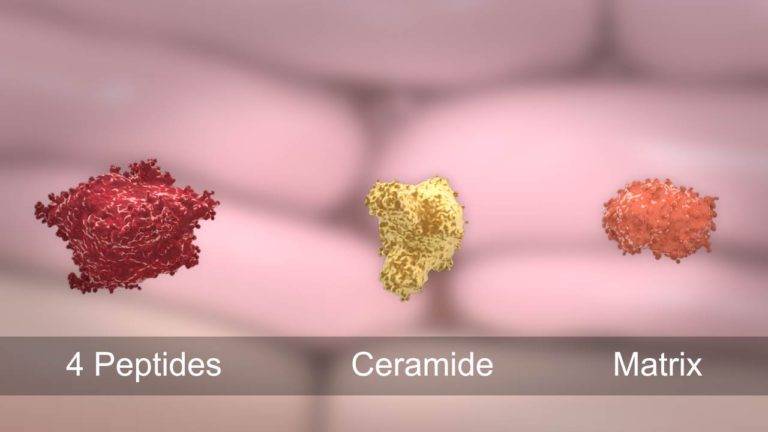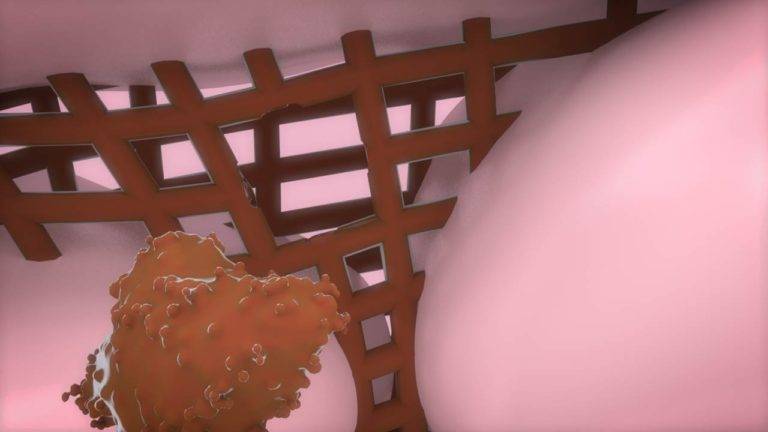Medical animation videos are playing a vital role in the healthcare industry. A significant number of professionals are realizing the importance of animation videos. 3D medical animation videos can be utilized in communication, education, and marketing.
A Guide on who can utilize medical animation videos?
Let’s explore who can utilize the medical animation videos below to understand things better.
So, here we go:
Drug Mechanism of Action (MoA)
You can use best medical animation videos as explainers for patients and pharmacists. These videos can help increase the understanding of the pharmaceutical effects of MoA. Based on the audience and essential details level, the animation style and content of Drug MoA can adopt flexibility.
Surgical Training and Planning
While teaching online, surgeons’ training turns out to be a difficult task. Meanwhile, these videos for surgical training and planning have transited the way of surgical planning. Certainly, surgical training and planning animations have made the training process more convenient. Therefore, these animation videos have become an important part of surgical training.
Cellular and Molecular Animations
3D medical animation videos are also effective for certain medical and biological concepts. Cellular and molecular animations are effective for higher education to teach students. They can learn better about the movements and effects of cells and molecules in bodies. Moreover, these animated videos are useful for laboratories to see biological reaction results by chemists.
Medical Simulation
Commonly doctors and hospitals use medical simulation animated videos. These animation videos are also effective for those who want to practice their surgical skills. With the increasing popularity of AR/VR technology, more and more people use 3D medical simulation videos. It is because 3D videos allow surgeons to practice better on virtual bodies.
Forensic Reconstruction
Another amazing use of best medical animation videos is forensic reconstruction. Video animations are highly effective for forensic reconstruction. It is because these videos allow virtuosity or MRI-supported virtual autopsy. Fortunately, the forensic lab can also perform virtopsy for dead remains that can’t be reconstructed.
Patient education
Another effective use of medication animation videos is patient education. A 2D animation video with friendly and colorful elements in animation videos makes it more engaging for your patients. Then these videos can shift their focus to the core objective. Consequently, medical animations can make your patients aware of their health issues.
- Patient education is always hard for doctors because they constantly use medical jargon.
- Additionally, doctors are habitual in speedy communication, making things difficult for patients to understand.
- However, using medical animation videos can bring more benefits to patient education.
These videos don’t only help in conveying the right information in the easiest possible way to your patients. Also, these can significantly benefit healthcare businesses by saving time and resources.
Pharmaceutical mechanism of action
A medical animation video is an integral resource that dramatically reflects a new drug’s binding with cell structures. This makes medical animation videos amazing to describe pharmaceutical action’s mechanism.
Final Remarks
Overall, medical animation videos are increasing in the healthcare sector. It is mainly because these videos can help doctors, pharmacists, and others linked to the field in numerous ways.

